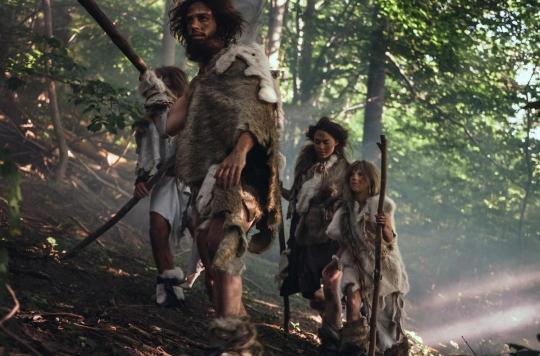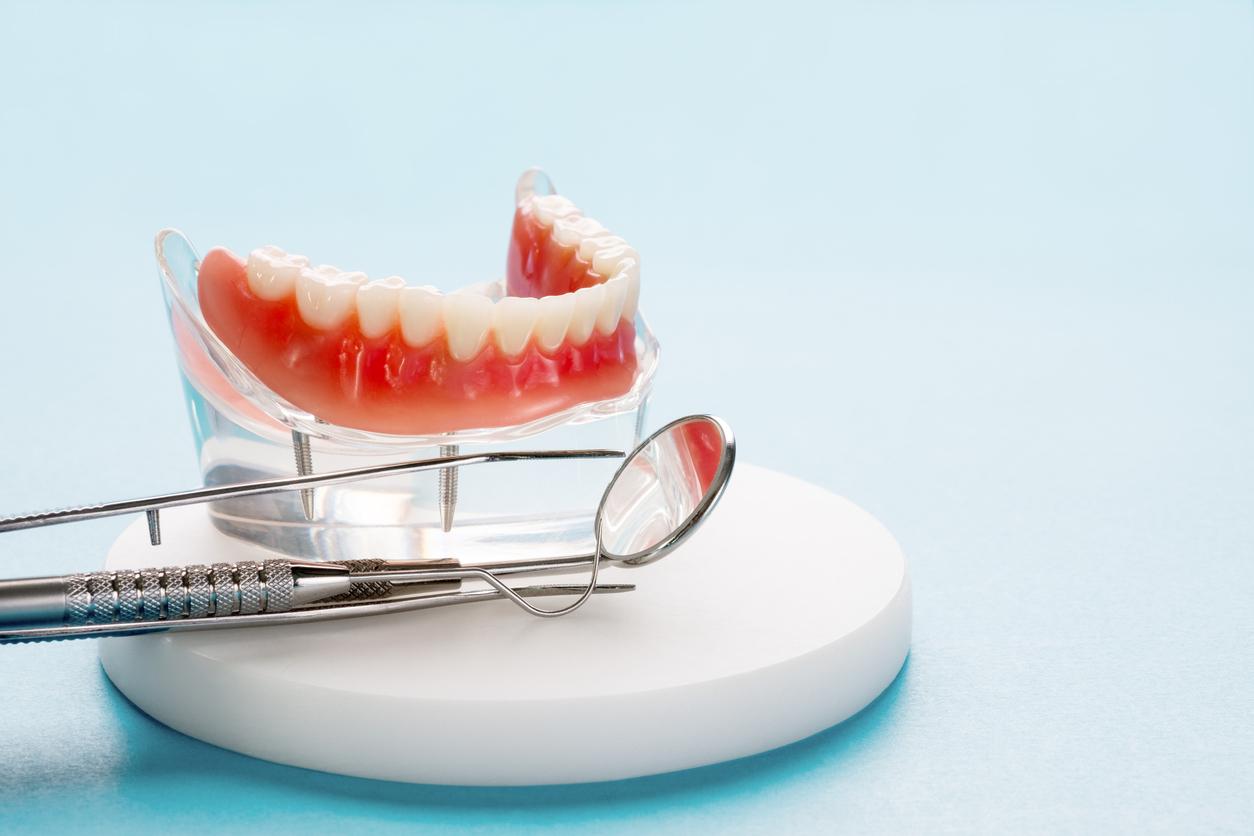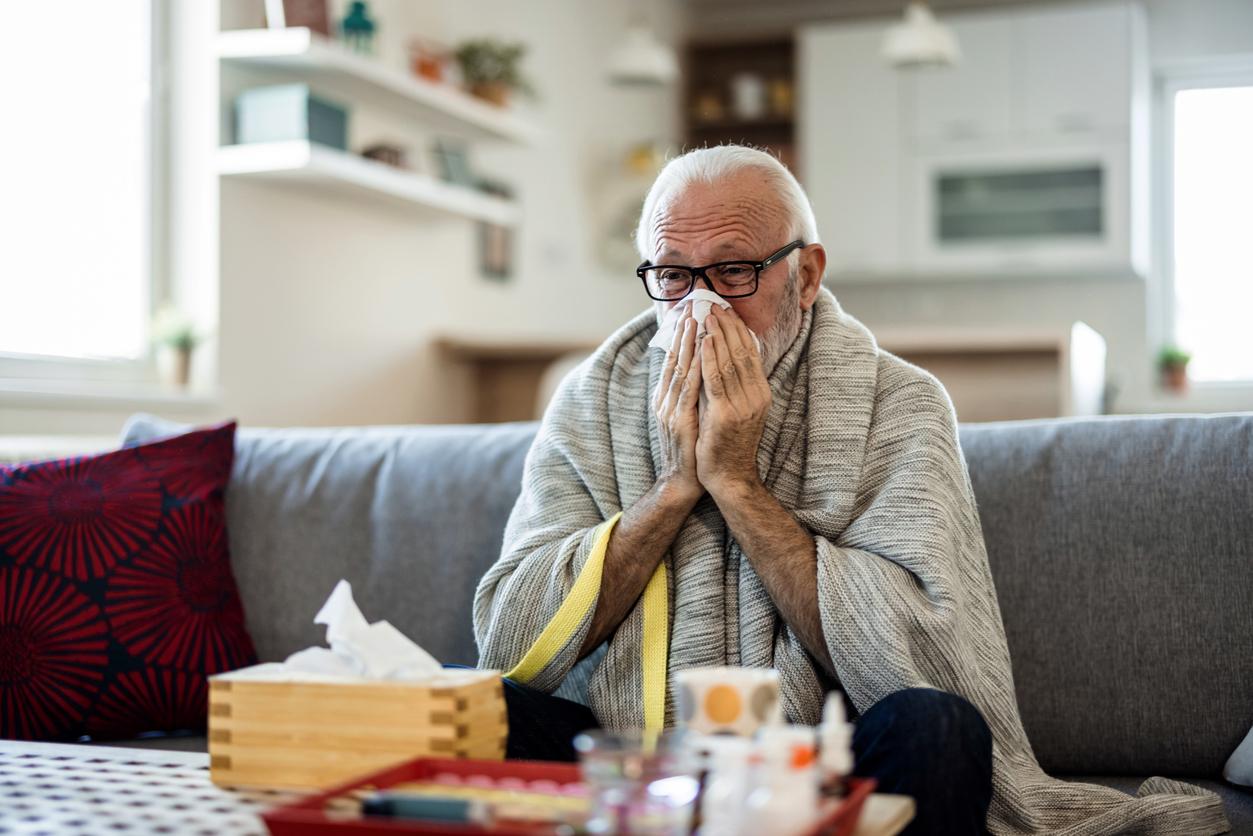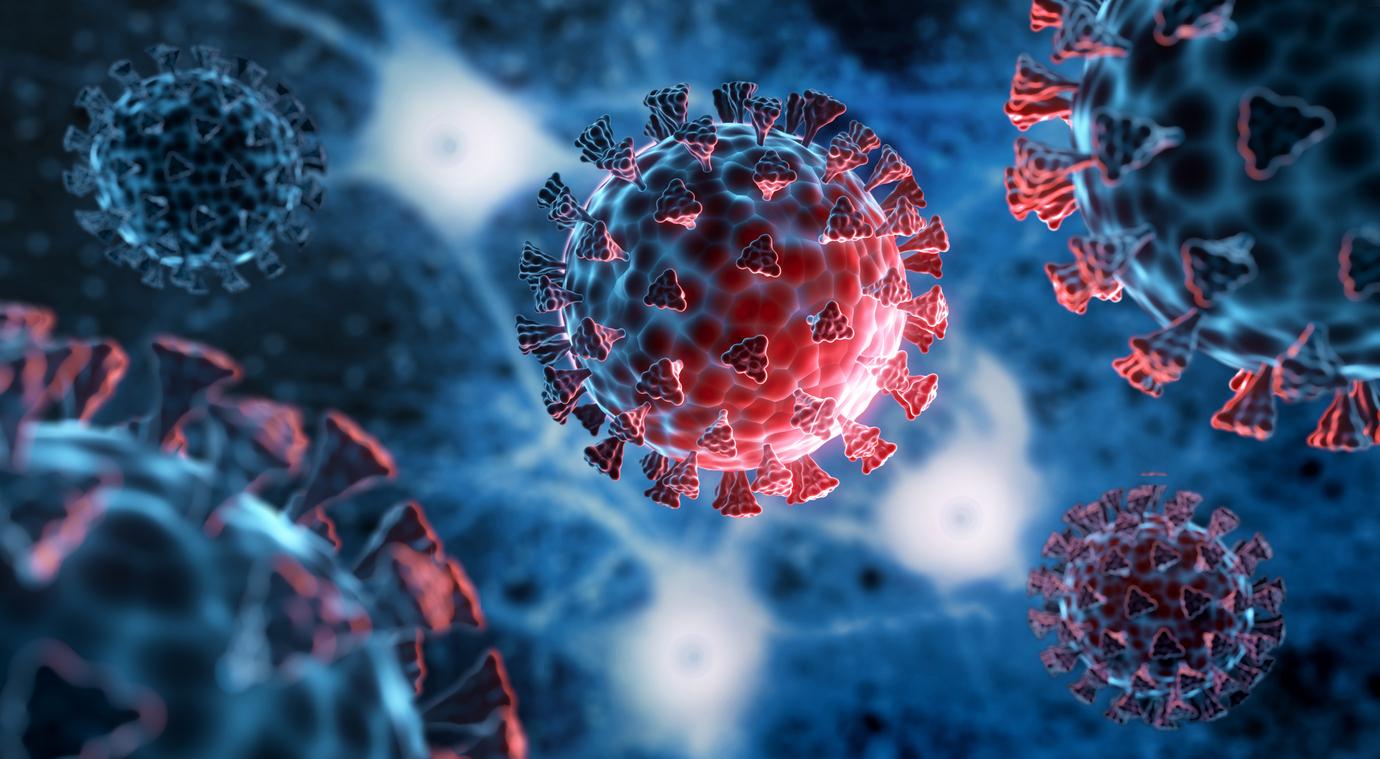Carriers of a chromosome fragment identical to that found on several Neanderthal fossils have a threefold risk of developing a serious form of Covid-19 infection.

- Between 1 and 5% of our DNA comes to us from the Neanderthals.
- It is chromosome 3 that has been discovered as a risk factor for developing a severe form of Covid-19 infection.
Our current human body is the result of centuries of evolution and carries genes from Neanderthal man. Many even assure that between 1 and 5% of our DNA comes from this ancestor. In the current health crisis, this heritage seems more like bad news since a chromosomal fragment from the Neanderthal would multiply by three the risks of developing a severe form of respiratory distress. This fragment is present in 50% of the population of South Asia, in 16% of Europeans but almost absent in African populations. This conclusion is the result of a study conducted by German and Swedish researchers which was published on September 30 in the journal Nature.
The affected chromosome 3
The researchers built on two previous studies that looked at genetic risk factors associated with severe forms of Covid-19. In the first study, published in the New England Journal of Medicine, the researchers shed light on two chromosomes, numbers 3 and 9, which are more present in patients who have developed a severe form of Covid-19 infection. The second study on which the researchers relied went further and made it possible to rule out the region of chromosome 9 and to confirm the role of chromosome number 3 in severe cases of SARS-CoV-2 infection. This was carried out by the Covid-19 Host Genetics Initiative.
The two researchers who carried out the new study, Svante Pääbo, who works at the Max-Planck Institute for Evolutionary Anthropology, and his colleague Hugo Zeberg of the Karolinska Institute, in Stockholm, were interested in the genes of this region. of the chromosome. They looked and found it in two copies in the genome of the Neanderthal fossil Vindija 33.19, which lived in present-day Croatia 50,000 years ago. They also found it in two other Neanderthals, Altai and Chagyrskaya, both from southern Siberia and 120,000 and 50,000 years old respectively.
Ten years older than the real age
This chromosome fragment was indeed bequeathed to us by the Neanderthals, but to varying degrees depending on the population. Although it is virtually non-existent in Africa, it affects one out of two Asians and one out of two Europeans. the pair of chromosomes 3. A reality supported by a British study which showed that people from Bangladesh in Great Britain have a twice as high risk of dying from Covid-19.
These results show that factors other than age favor the development of serious forms. “Age remains the main risk factor for the severity of Covid-19says Svante Pääbo. To put the risks into perspective, if you carry one copy of the Neanderthal variant, it’s a bit like being ten years older than your actual age, and twenty years older with two copies.”

.















